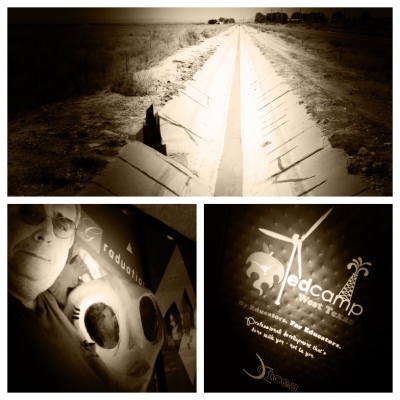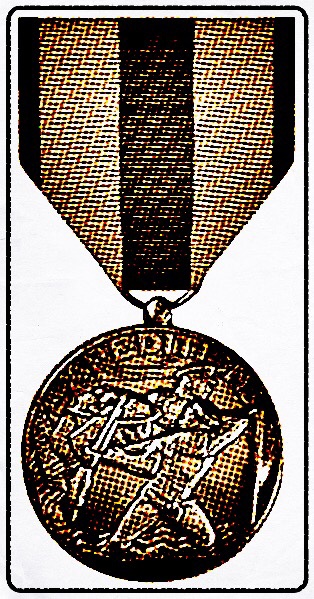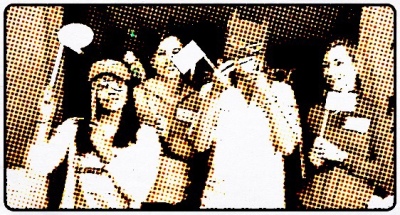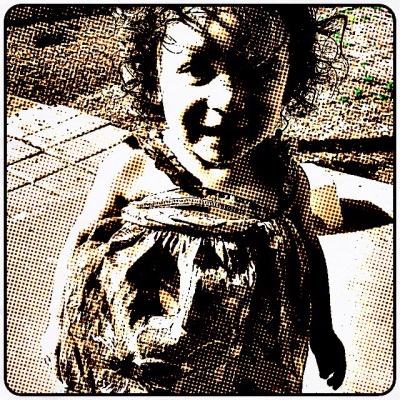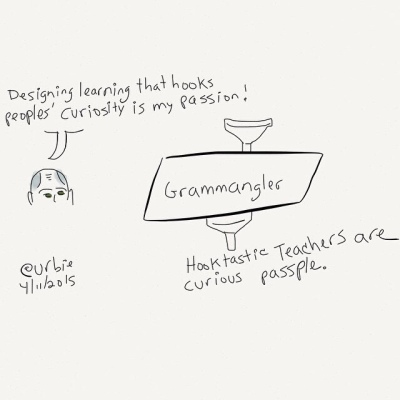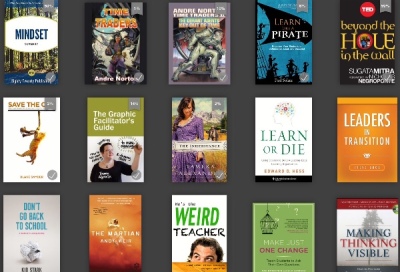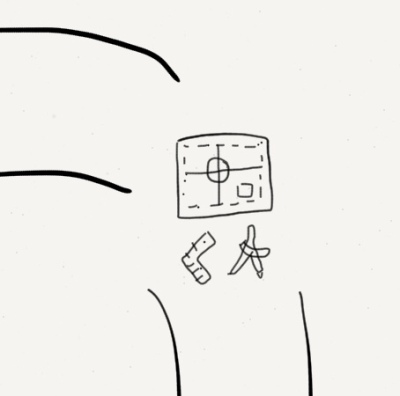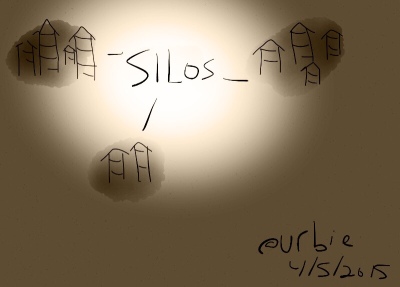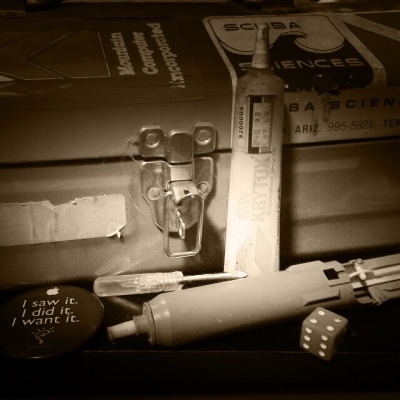PROLOGUE
Today is day four of the #AprilBlogAday challenge on Twitter. The suggested topic is humanity -- describe a time when you connected with students in a classroom. Here's my tale.
CARTS
My first encounter with Joe Zombie wasn't during my tenure as an Intel basic fab skills training (BFST) program manager in the late 1990s. I'm certain there were many other instances before then.
Students are people. They aren't objects. They have needs. They have memories. They can move at will. You want them moving and making their learning visible.
Students aren't shopping carts. Let's get that out there. Empty vessels? Nope. Parking students in a learning space and teaching them leads mostly to boredom and disengagement. It's sleepy-time for the mind.
One of the courses in the BFST program concerned the fab's (Intel Pentium factory running P858 process) loss control system (LCS). The Level One evaluations were bad. As I recollect it, comments included stuff like "Snoozeville.", "How am I going to ever remember this?", and my personal fav "Death by PowerPoint."
Yes, it was one of those lessons where an instructor projects slides on a screen and reads them to you for two hours. Just in case you miss something you have a two-up handout with the slides that are verbatim what the instructor is displaying and talking about. A Joe Zombie moment for sure. Oh, and the students' supervisors let me know they weren't happy either.
PARTS
I asked the engineer who designed the course what she wanted the workers to do with the LCS. They needed to "Be able to record losses and near misses so we can improve factory yields." she said.
A couple years earlier I'd completed an Accelerated Learning workshop. The strategies I learned were similar to what you'd learn reading Teach Like a Pirate by Dave Burgess. Thus armed with creative teaching and learning strategies I went out on a limb and got crazy.
Pin-the-tail-on-the-donkey: Remember that game? Hopefully you got invited to parties where you got a chance to make a fool of yourself by pinning a tail where it didn't belong. That was my activity. Students entering the classroom saw wafers (what integrated circuits like Pentiums are made on) velcroed to a fabric covered wall. They listened to an experienced fab worker describe the LCS. This lasted about five minutes. A few minutes more for questions followed.
Students were then handed out a sheet of paper simulating the LCS. They were tasked with taking a wafer off the wall. Turning it over they saw a blurb describing an actual wafer loss or near-miss. They then filled out the sheet based on their understanding of the situation.
I left Intel in 1999. I don't know if my LCS activity survives. I would guess not, given how effective Intel is with continuous improvement. For the time the LCS learning experience was part of BFST it made workers happy and able to use the system in the fab. Supervisors were happy because yields improved as problems were identified and fixed. I was ecstatic because it was the first time I used an authentic learning strategy that students could identify with, leave the safety of their chairs, and move and make. It moved me, too.
EPILOGUE
They listened. They asked. They moved and made. These are three essential parts of designing learning experiences. I continue to use these in the learning experiences i produce today.



